Halloween is approaching rapidly, which means many people have turned our minds to the extra ghoulish and macabre components of life. So, settle in. It is time to experience tales of horror and suspense — each on Earth, and past.
Beware: You are about to enter with your individual free will!
Vampire stars feasting on stellar victims
Salem’s Lot (1979 mini-series)
It is actually ironic that we’re beginning this horror film round-up with a collection moderately than a movie, however among the best reinterpretations of Bram Stoker’s 1897 traditional Dracula is Stephen King’s 1975 novel “Salem’s Lot,” which arose from King questioning what would occur if Dracula visited a small city in fashionable America. Salem’s Lot was brilliantly tailored as a two-episode mini-series by Tobe Hooper (Texas Chainsaw Bloodbath) in 1979. The eerie vampires on this collection burn themselves into the viewer’s thoughts, making Hooper’s adaption important for anybody craving bloodthirsty monsters this Halloween. If you would like a extra fashionable and comedic spin on a “small-town Dracula,” you may also take a look at the 2020 horror comedy “Boys from County Hell.” In it, the destruction of a neighborhood landmark in Six Mile Hill, rural Northern Eire, awakens a Barlow-like vampiric menace. This one is for individuals who like a comedy with guts.
White dwarfs are “stellar corpses” left behind when stars with lots round that of the solar run out of the gas they want for nuclear fusion and collapse into dense, smoldering remnants. The solar itself will bear this transformation in round 6 billion years, ending its life as a cosmic ember.
Not all stars get to relaxation in peace as white dwarfs, nonetheless. Simply as Christopher Lee’s Dracula within the Hammer horror collection typically discovered himself rising from the grave because of a hapless village coming alongside and supplying him with some Kind O-negative, white dwarfs can spring to life when their companion stars get too shut.
Like Dracula rising to feed on the blood of the unwitting occasion answerable for his resurrection, these white dwarf vampire stars feast on a unique type of plasma, stripping stellar materials from their companion, or “donor,” star.
And, additionally similar to Dracula, vampire stars can get grasping.
As a white dwarf strips stellar materials from its donor star sufferer, a flattened cloud of plasma, or “accretion disk,” types across the white dwarf. This accretion disk steadily drops stolen stellar materials to the floor of the white dwarf, the place the fabric begins to pile up. This nuclear stockpile finally reaches important mass, erupting in a runaway nuclear explosion known as a Kind Ia supernova. This explosion nearly at all times destroys the fiendish white dwarf, however as is apt for a vampire, there may be at all times an opportunity for a resurrection — and room for a sequel.
Zombie stars rising from the grave
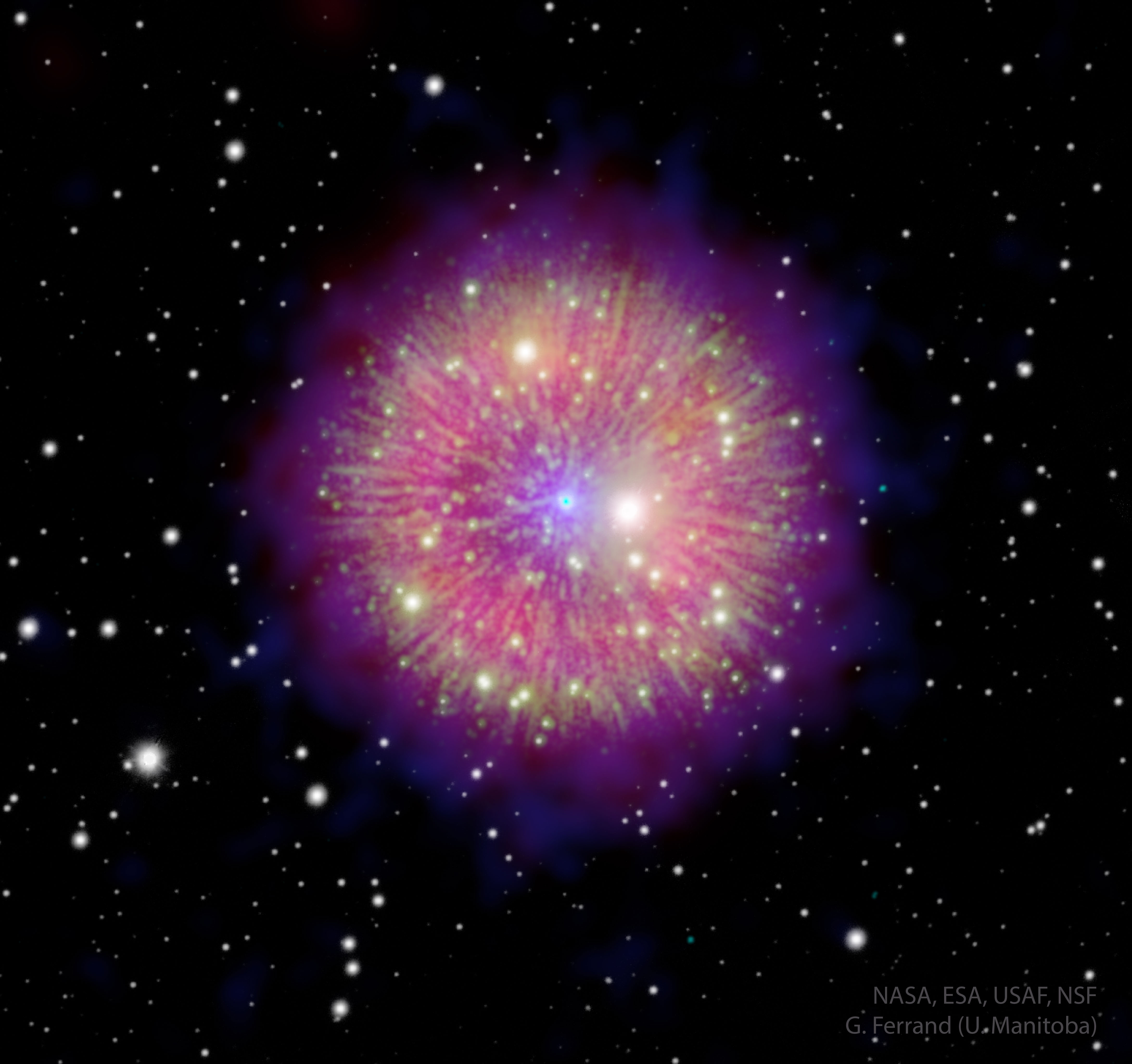
As talked about above, a Kind Ia supernova ought to destroy the white dwarf vampire star on which it erupts, however on uncommon events, the ghoulish star is ready to survive, albeit in a brand new type: a zombie star. These occasions are known as “Kind Iax supernovas.”
Rec (2007)
George A. Romero zombie flicks are notable as a result of the actual enemies aren’t fairly the shambling, reanimated corpses of the useless, however moderately humanity’s extra private demons: greed, suspicion and intolerance. These are the issues that result in the deaths of this director’s protagonists. However, the 2007 Spanish discovered footage film “Rec,” directed by Jaume Balaguero Paco Plaza, is somewhat totally different. “Rec” tells the story of a movie crew, firefighters and residents trapped in a condominium constructing as an an infection transforms them into screaming and quickly shifting zombies. There’s, nonetheless, one thing worse than zombies locked within the constructing with these characters. The invention of the an infection’s “affected person zero” within the prime stage of the constructing is really chilling. Typically imitated however by no means bettered, “Rec” erupts all of the sudden like a supernova and is a rollercoaster of a film that merely must be skilled.
The zombie star lives on as a fractured and shattered remnant of the white dwarf stellar corpse that exploded to create it.
One well-known instance of a Kind Iax supernova is SN 1181, which humanity first witnessed over Earth as a “visitor star” in 1181 AD. SN 1181 appeared within the constellation of Cassiopeia for six months earlier than fading away.
In 2021, beginner astronomer Dana Patchick tracked SN 1181 to the nebula Pa 30 throughout the Milky Manner. This 12 months, astronomers studied the dandelion petal-like construction extending out from SN 1181 in 3D element, discovering that this zombie star’s stellar winds blast out at a staggering 36 million miles per hour. That is round 25,000 instances sooner than the highest pace of a Lockheed Martin F-16 jet fighter.
Clearly, this stellar zombie is not akin to the shambling zombies of George A. Romero’s seminal “useless trilogy” “Night time of the Dwelling Useless” (1968), “Daybreak of the Useless” (1978) and “Day of the Useless” (1985). So it solely suits that our zombie film is one full of, properly, extra “energetic” zombies.
Howling on the moon
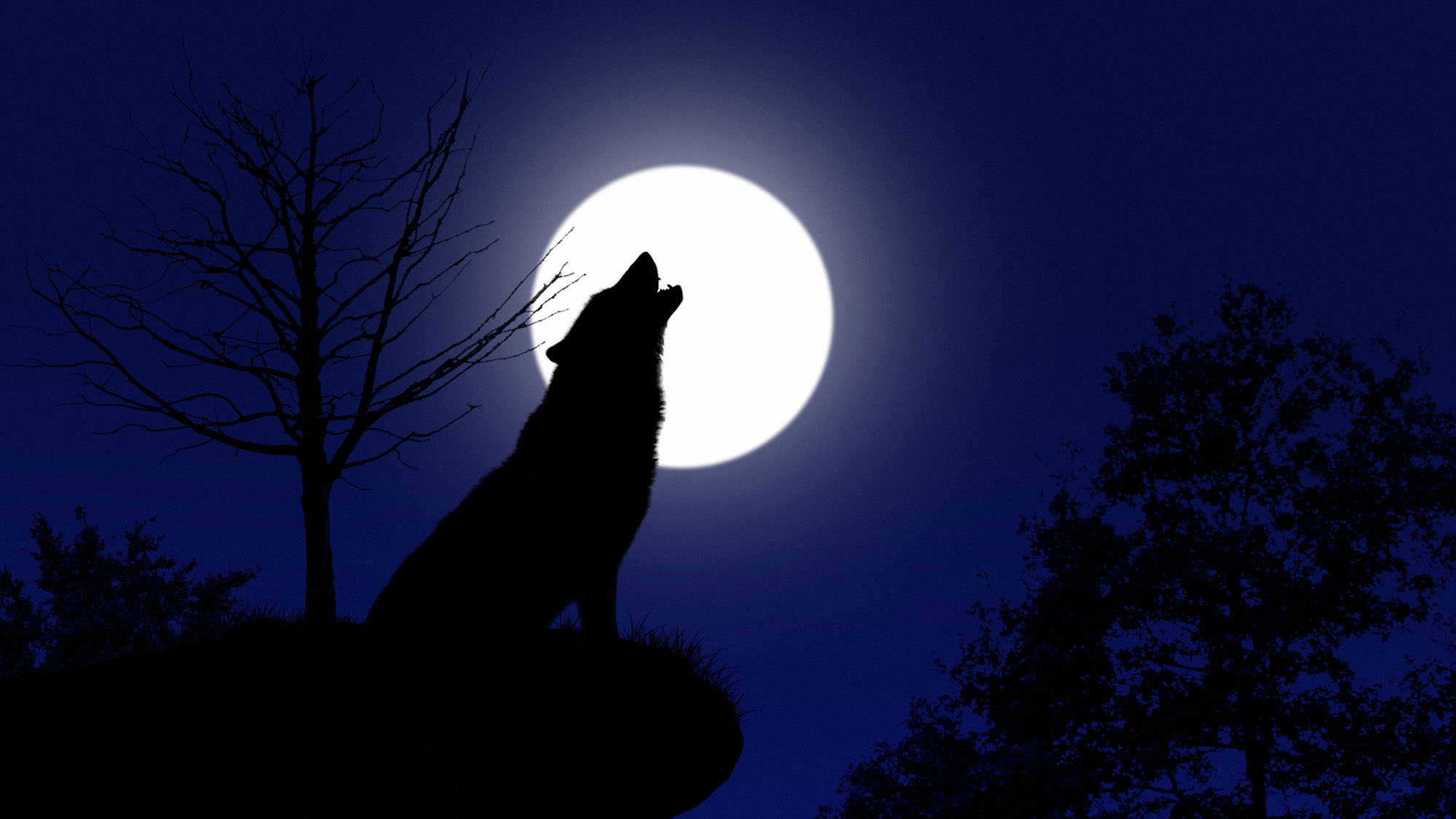
Werewolves typically play second-fiddle to vampires as horror film monsters, presumably as a result of there has by no means actually been a chunk of “traditional” werewolf literature (although Stephen King’s Silver Bullet, Rachael Harrison’s Such Sharp Enamel and Marvel’s authentic Werewolf by Night time comedian books are all price a learn). Nonetheless, this would not be an actual Halloween publish until werewolves poked their furry nostril in someplace.
Canine Troopers (2002)
With regards to werewolf motion pictures, the plain choose is “American Werewolf in London.” John Landis’ 1981 horror comedy is a type of good flicks that elevates itself above the style, like “The Exorcist,” “Jaws,” or “E.T.” However, an out of doors alternative might be “The Howling,” Joe Dante’s 1981 masterpiece, which suffered from being launched in the identical 12 months as Landis’ film and was cursed with a slew of terrible sequels that devalued it as a possible franchise. But as a substitute, we’re going with an unsung traditional: 2002’s Canine Troopers, directed by Neil Marshall. Set within the Scottish highlands, the film sees a workforce of British soldiers hunted by one thing much more fearsome: a pack of blood-hungry werewolves. Unwittingly, they’re “sacrificial lambs” arrange by higher forces. What Canine Troopers lacks in finances, it makes up for with intelligent filmmaking and a claustrophobic ambiance that invokes George A. Romero’s “Night time of the Dwelling Useless.” This ambiance is one thing Marshall would construct on to nice impact in 2005’s unimaginable spelunking horror, “The Descent.”
For the reason that werewolf — or lycanthrope (from the Greek phrase “lycos” which means “wolf”) — first emerged in Greek and Norse fantasy, it has been related to the moon. Nevertheless, werewolves did not at all times emerge from their human hosts beneath the sunshine of the complete moon.
The movie “The Wolf Man,” launched in 1941, cemented the affiliation between the werewolf and the complete moon into tradition. Screenwriter Curt Siodmak and producer in addition to director George Waggner relied on this tidbit as a result of they wished Lon Chaney Jr.’s character within the movie, Larry Talbot, to be a sympathetic character. It was vital to the filmmakers that viewers might forgive this beast regardless of his horrible acts.
Arguably, probably the most “wolfy” full moon is January’s Wolf Moon, which will get its identify from Native American custom. The moniker happened as a result of it was mentioned that wolves can be extra more likely to howl throughout winter.
Velocity demon stars
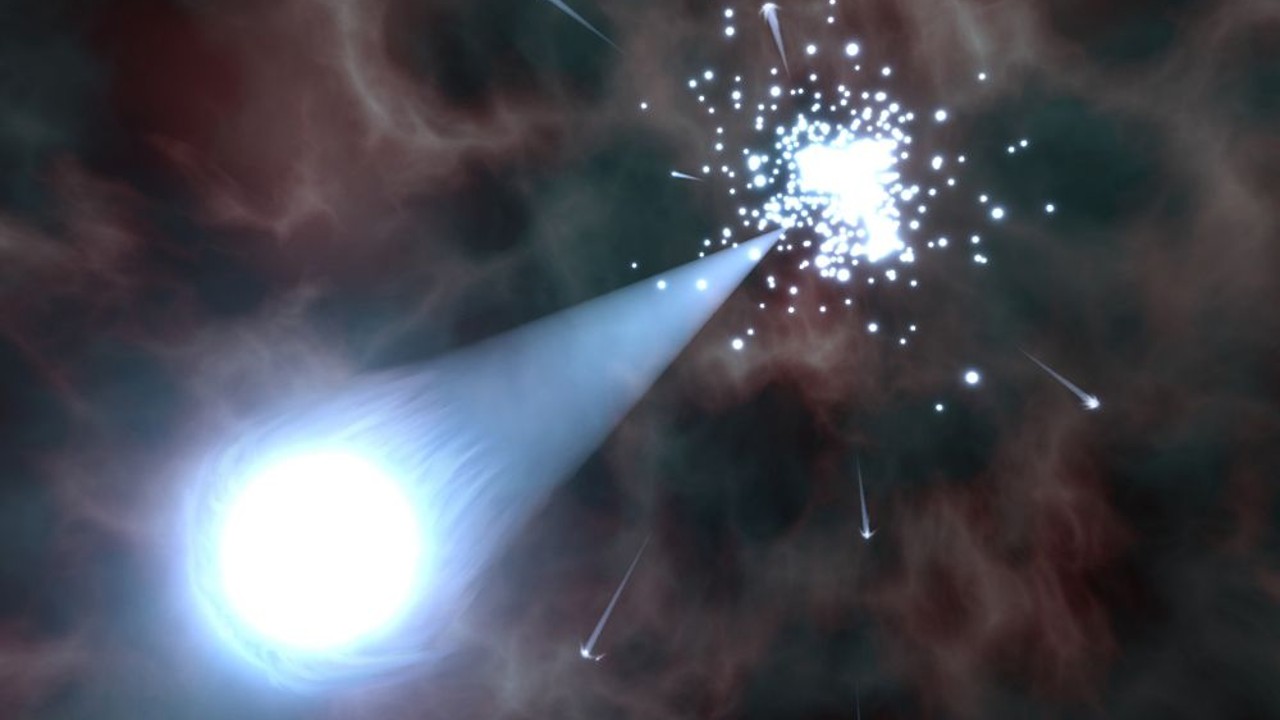
Evil travels quick
“When Evil Lurks” is a 2023 horror movie from Demián Rugna. It tells the story of two brothers, Pedro (Ezequiel Rodríguez) and Jimmy (Demián Salomón), who dwell in a distant Argentinian village and uncover evil about to erupt from a possessed man. A botched exorcism results in demons spreading all through the countryside, going from sufferer to sufferer. Each second is of significant significance in combating this evil. Be warned, although. “When Evil Lurks” is completely good — in all probability one of many best horrors of the final 5 years — however it’s harrowing and pulls completely no punches. In case you’d desire one thing rather less hard-hitting, “The Wretched” (2019) is a much-overlooked movie that has comparable themes however maintains some lightness. It’s nonetheless loads scary, however in all probability will not hassle you an excessive amount of with its themes after the credit roll, as “When Evil Lurks” is sure to.
As a result of we exist in a planetary system of a number of worlds orbiting a single star, we have earned a barely prosaic view of the cosmos that truly defies its typically chaotic and violent nature.
For instance, not all stars sit comfortably inside their galaxies. Some stars are despatched “rogue” when they’re violently ejected from their dwelling clusters at super speeds.
In 2023, astronomers found six “pace demon stars” that had gone rogue and now race by the Milky Manner alone. One in every of these, J0927, has the quickest velocity seen for such an object. This one races by the cosmos at an unimaginable 5.1 million miles per hour (2,285 kilometers per second).
That is about 6,500 instances the pace of sound, as measured right here on Earth. As such, J0927 might race between New York and Mississippi in beneath a second and zip round Earth 694 instances each hour.
Cosmic bats retreating
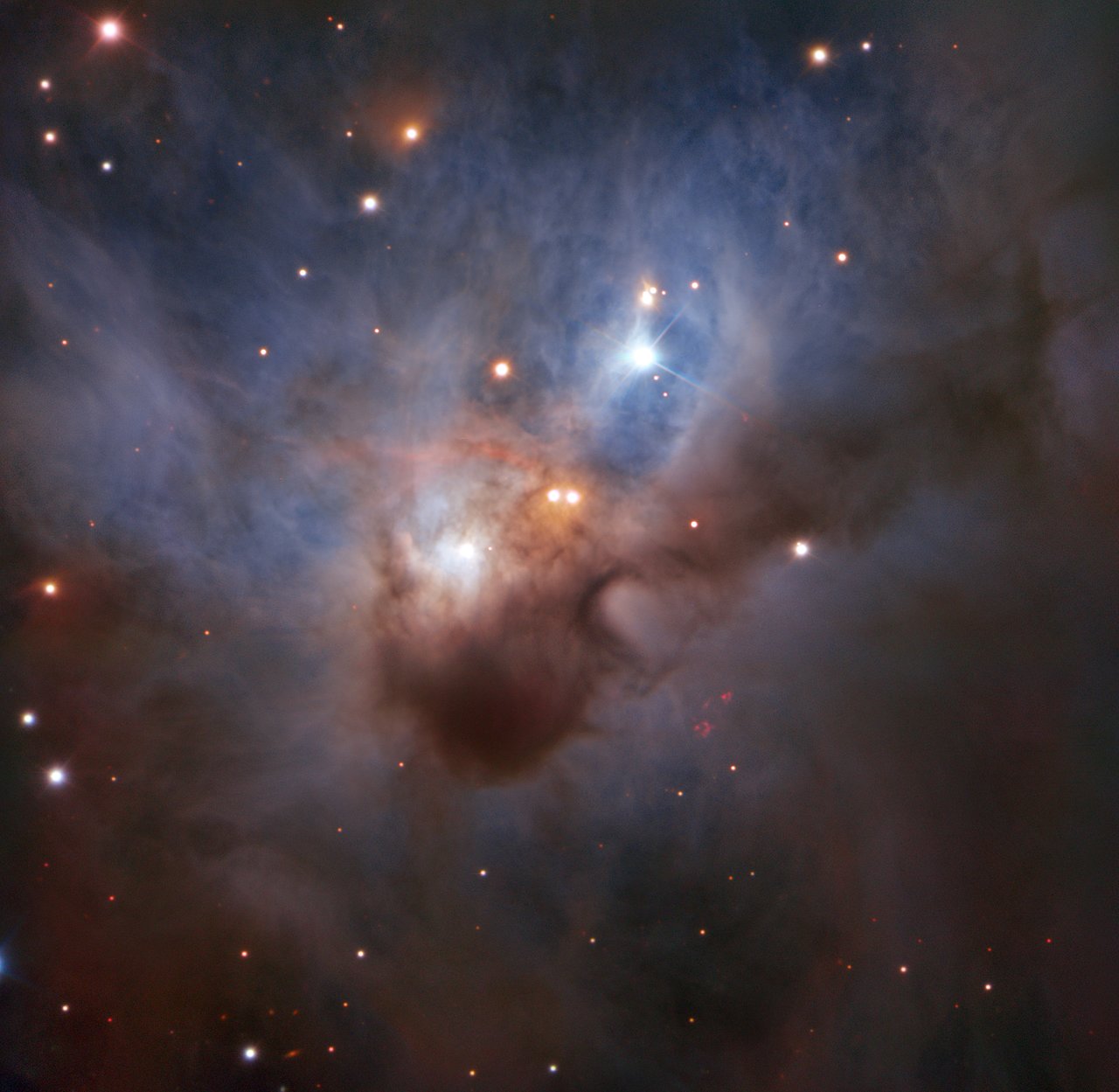
Okay, I admit it. This can be a thinly veiled excuse to squeeze one other vampire film into our record, however it’s an simple traditional, so we hope you will forgive us.
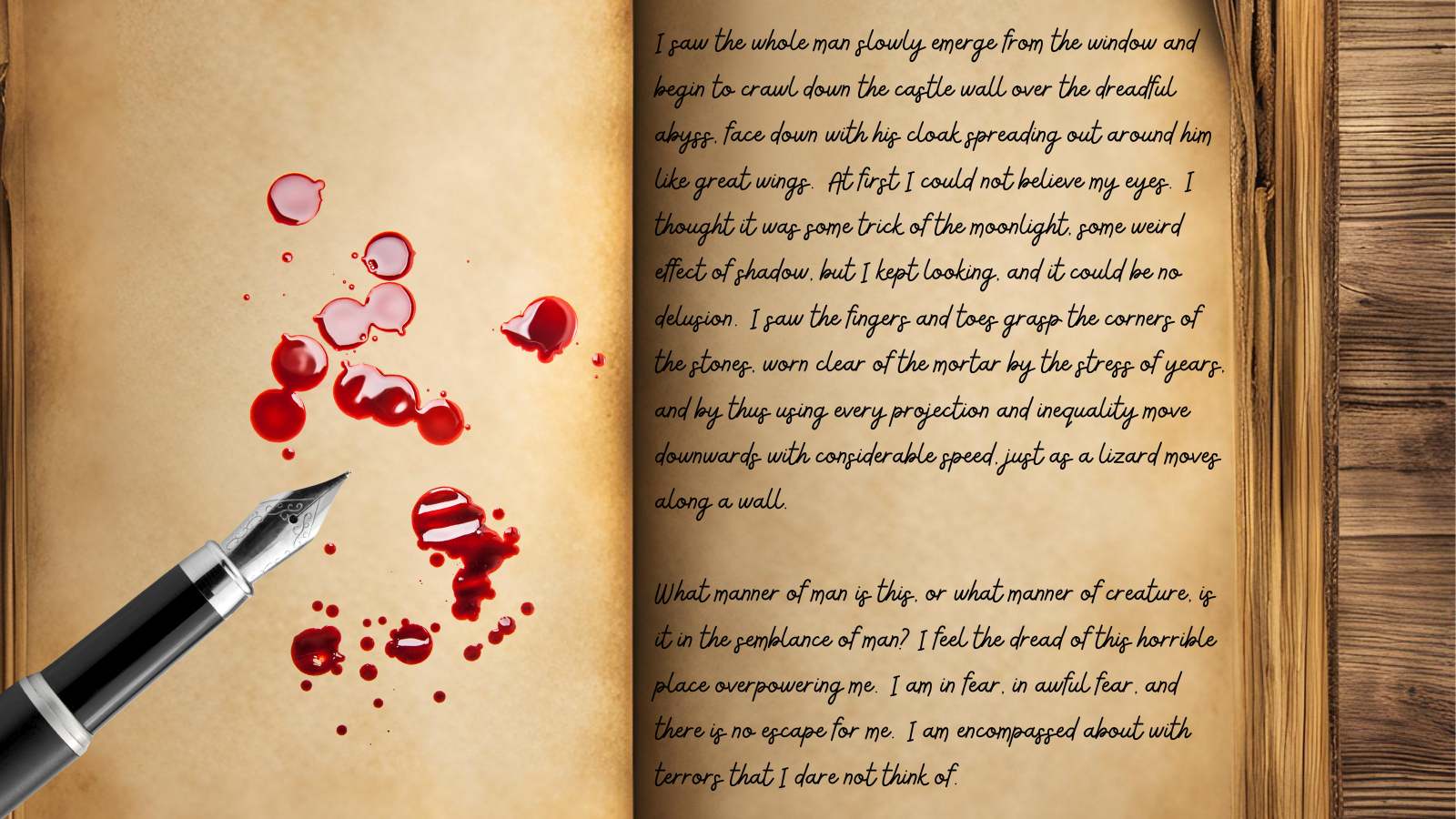
Fright Night time (1985)
Dracula is not the one bloodsucker who might rework himself right into a bat, and such a metamorphosis has in all probability by no means been extra fear-inducing than on the finish of Tom Holland’s 1985 horror masterpiece “Fright Night time.” “Jerry” may not be as imposing a reputation as “Dracula,” however Fright Night time’s antagonist is each bit as threatening as any portrayal of the long-lasting vampire because of an excellent efficiency by Chris Sarandon, who mixes allure and malice with beautiful impact. Nearly as good as Sarandon is, the present is stolen by Roddy McDowell, who performs the reluctant Van Helsing, or Peter Vincent, who’s a horror host dragged right into a real-life battle between good and evil. Fright Night time has every part: horror, humor and pathos. And, a little bit of trivia you may not know: The bat Jerry Dandrige transforms into on the climax of Fright Night time was really created for the movie Ghostbusters, however was rejected for the 1984 Ivan Reitman traditional as a result of it was thought of too terrifying. Because it seems, Jerry’s bat type even made the Ghostbusters tremble.
Whereas unusual terrestrial bats are literally form of cute, they’ve been lengthy linked with the vampires of folklore. There are round 1,300 species of bats feeding on issues like bugs, rodents, and nectar, so this connection in all probability stems again to the invention of a species of bat that feeds on the blood of cattle within the late fifteenth century. This species, formally designated Desmodus rotundus, grew to become generally known as the “widespread vampire” bat. It was later joined by different blood-sucking bat species, the hairy-legged vampire bat (Diphylla ecaudata) and the white-winged vampire bat (Diaemus younger).
The hyperlink between bats and vampires was cemented by Bram Stoker’s 1987 novel “Dracula.” In it, the rely crawls down the aspect of his citadel like an enormous bat in a terrifying scene. Stoker even transforms the titular character right into a bat later within the novel, along with having him taking the type of a swarm of rats, a wolf — and even mist.
It’s little surprise that bats have captured the creativeness of humanity, and astronomers aren’t any exception. Many space-gazers have seen these winged mammals in gatherings of cosmic mud and fuel. One instance is the Cosmic Bat Nebula, often known as NGC 1788, which is situated 1,300 light-years away within the Orion constellation. Within the picture above, captured by the Very Giant Telescope (VLT) in northern Chile, the nebula’s hazy wings stretch outward by interstellar area whereas brilliant toddler stars illuminate its core.
One “hell” of a planet
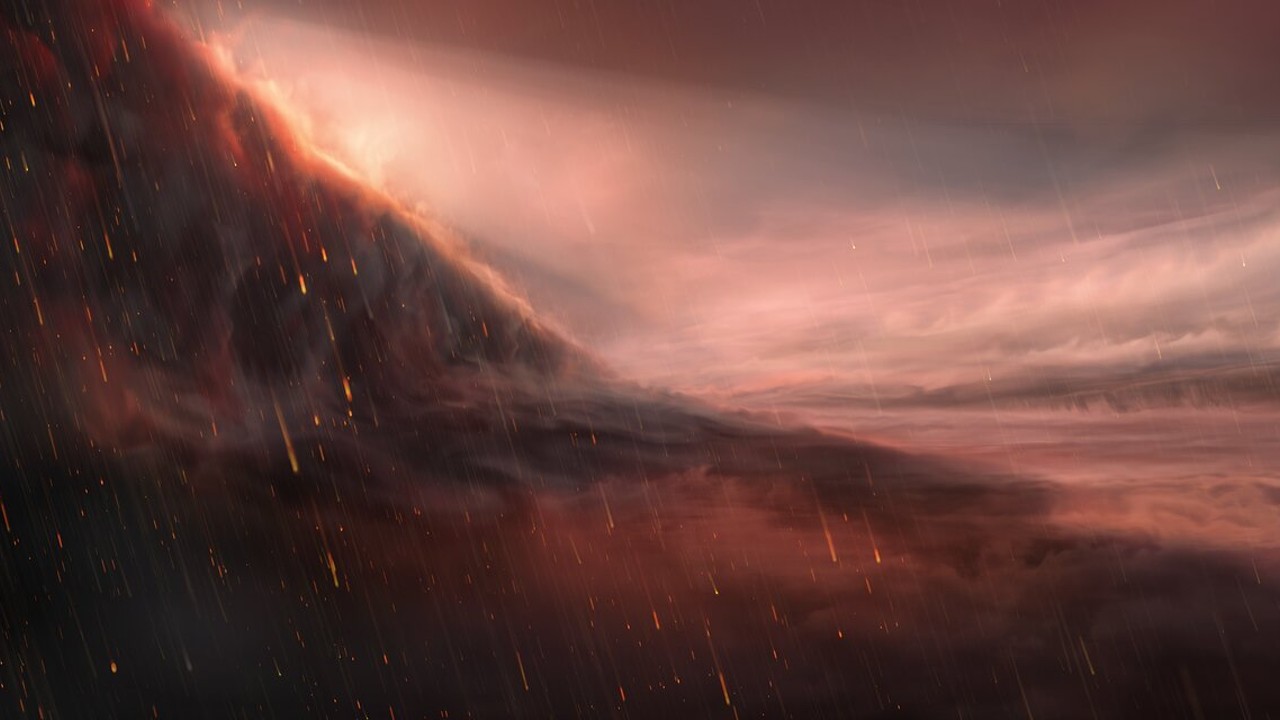
Rogue stars have already demonstrated that we’re fairly fortunate to exist in what’s, let’s be trustworthy, a fairly mundane planetary system.
Further Strange (2019)
There is not a lot left to say about “The Exorcist” (1973) that hasn’t already been mentioned. It’s a traditional, and for good motive. Directed by William Friedkin, the movie steadily racks up the stress till it overflows right into a full-on battle between good and evil, with the soul of a younger lady, Regan MacNeil (Linda Blair), and the religion of Father Karras (Jason Miller) at stake. “The Exorcist” remains to be at the moment each bit as terrifying as its popularity suggests. Which means it is not for individuals who desire their horror to be much less intense. A lot much less intense and manner funnier, however nonetheless wonderful, is 2019’s “Further Strange,” which tells the story of a lonely driving teacher, Rose (Maeve Higgins), who lives in rural Eire. Continuously pressured to make use of her supernatural skills to exorcise wheelie bins and haunted gravel, Rose turns into embroiled within the plot of a washed-up, Devil-worshipping rock star who needs to reignite his profession with demonic sacrifice.
The 6,000 or so extrasolar planets, or “exoplanets,” found orbiting planets apart from the solar because the Nineteen Nineties additional empathize simply how unusual and harmful the universe may be past the photo voltaic system.
A few of these exoplanets are downright scary. One instance of a terrifying world past the photo voltaic system is WASP-76b, which might be mistaken for the imaginative and prescient of hell introduced by Dante Alighieri in his 14th-century narrative poem “The Divine Comedy,” higher generally known as “Dante’s Inferno.”
WASP-76 b is so hellish due to its proximity to its guardian star, which is situated round 634 light-years from Earth. Nearly 30 million miles (48 million kilometers) from its star, WASP-76, the fuel big has temperatures of 4,350 levels Fahrenheit (2,400 levels Celsius). That is sizzling sufficient to vaporize iron.
The proximity of WASP-76 b to its star means the planet is tidally locked, which means one aspect completely faces the star (the day aspect) whereas the opposite perpetually faces out into area (the night time aspect).
The temperatures and tidally locked nature of WASP-76 b give rise to violent climate that will make even the strongest demon flinch. On the planet’s day aspect, iron and different metals are vaporized — high-speed winds then carry these metals to the planet’s night time aspect.
As soon as they arrive on the comparatively cooler night time aspect of WASP-76 b, this iron vapor condenses and falls as molten-hot iron rains.
A Kaiju supercluster
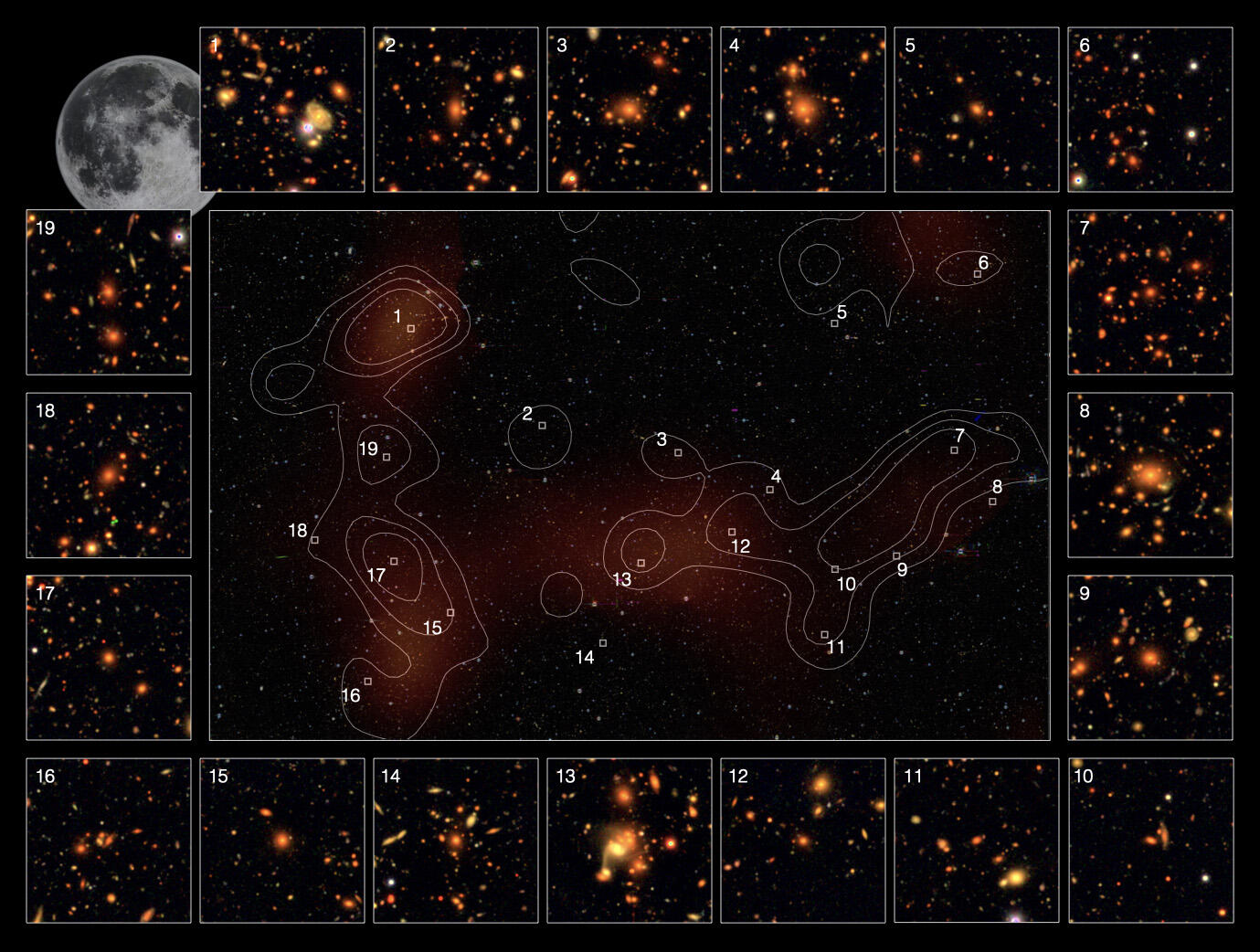
We won’t discuss monsters with out highlighting probably the most huge monsters of all of the “Kaiju,” a Japanese time period that actually means “unusual beast.”
“Kaiju” is usually used at the moment to check with the large monsters of Japanese movie and TV, although the time period has made its manner into Western media. For instance, the large poisonous creatures of Guillermo del Toro‘s 2013 fashionable traditional Pacific Rim are known as Kaiju, as a tribute to their Japanese precursors.
Undoubtedly, the chief of the Kaiju is Godzilla or Gojira, with the time period first used to explain the antagonist of Toho Studios’ 1954 film of the identical identify. Regardless of being probably the most well-known Kaiju by some margin, having starred in 38 motion pictures (33 Japanese productions and 5 U.S. flicks), it is not Godzilla that has had an enormous influence in science. Slightly, it’s considered one of his major antagonists, King Ghidorah, a three-headed dragon from past the celebrities. This character was first launched within the fifth Godzilla film, director Ishirō Honda’s 1964 flick “Ghidorah, the Three-Headed Monster.”
The Host (2006)
So with this being a piece dedicated to kaiju motion pictures, you will in all probability expect a advisable film that includes an enormous rampaging monster. In case you are on the lookout for that form of motion, “Godzilla Minus One” or the unique “Godzilla” from 1954 must be your go-to. Our suggestion is definitely the 2006 South Korean movie “The Host,” directed by Bong Joon-ho (“Parasite”). This can be a totally different tackle the Kaiju, that includes a a lot smaller creature. Nevertheless, this creature has quite a bit in widespread with the unique Godzilla as properly. Whereas the 1954 Japanese movie was a response to the nuclear devastation skilled by Japan on the shut of World Conflict II, “The Host” relies on the real-life dumping of formaldehyde down a drain resulting in the Han River in South Korea in 2006. In “The Host,” the same incident results in a creature rising from the Han River and inflicting destruction. The movie focuses on the consequences of the creature on Park Gang-du (performed by Music Kang-ho) and his household. Here is some trivia: Bong nicknamed the creature “Steve Buscemi” in reference to the character the actor performed in 1996’s Coen Brothers’ film Fargo.
Any cosmic physique that invokes the identify of King Ghidorah higher be really monstrous, and luckily, that’s actually the case.
The King Ghidorah supercluster is a group of galaxies situated round 6.7 billion light-years from Earth. It covers an space of the sky equal to 19 full moons, as seen from our vantage level, and has at the very least 19 particular person related galaxy clusters. It is the biggest supercluster ever found over 5 billion light-years away.
To place that into perspective, the King Ghidorah supercluster has a mass equal to 10,000,000,000,000,000 suns, making it 10 instances as huge because the Milky Manner’s dwelling supercluster, Laniakea. It stretches out for an unimaginable 1.3 billion light-years, which means your entire Milky Manner might match throughout it round 12,300 instances.
The kaiju King Ghidorah can be proud.
That’s our number of cosmic horrors and horror motion pictures for Halloween 2024. Area.com needs its readers a secure and spooky Halloween.
Attempt to not have nightmares tonight!





